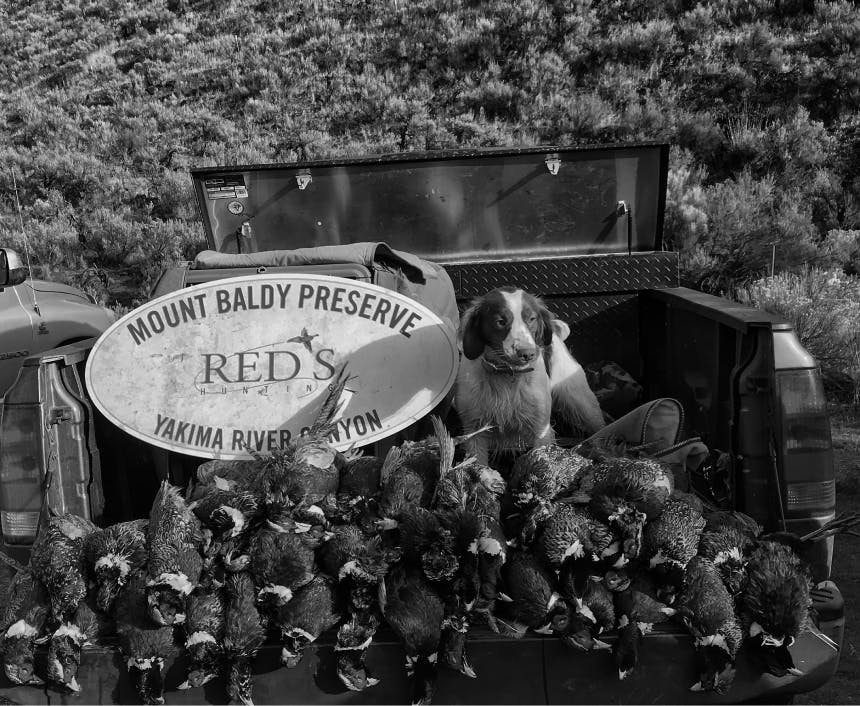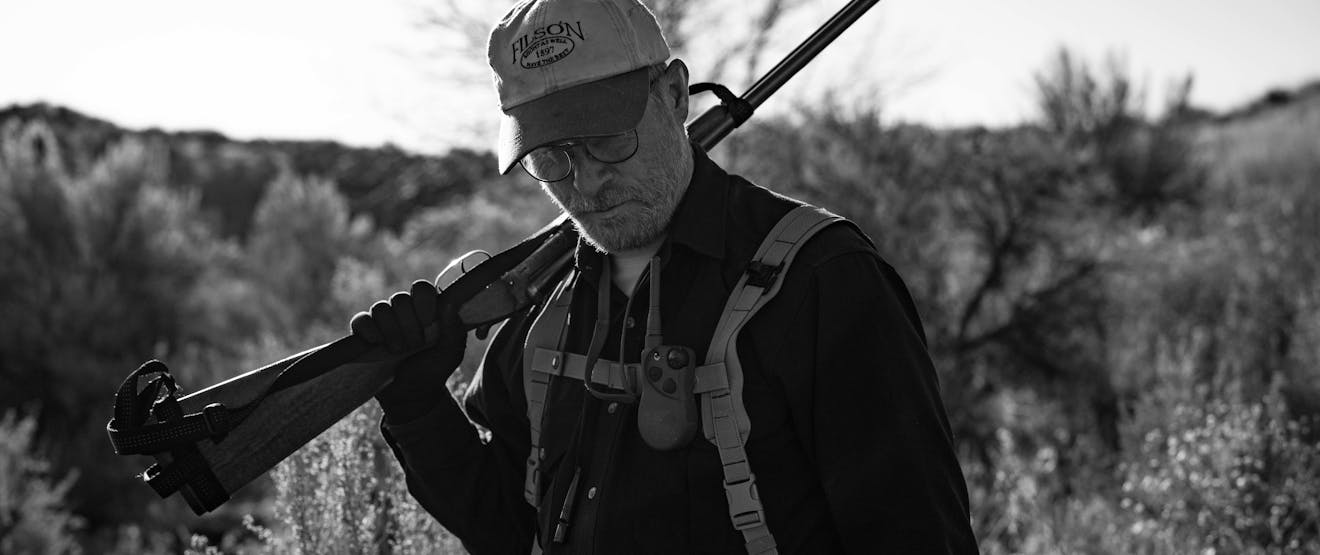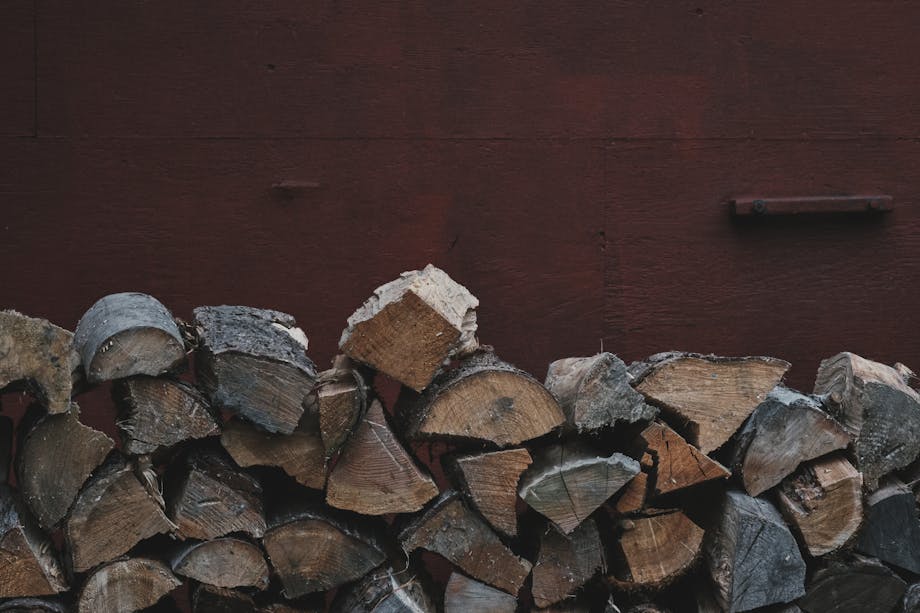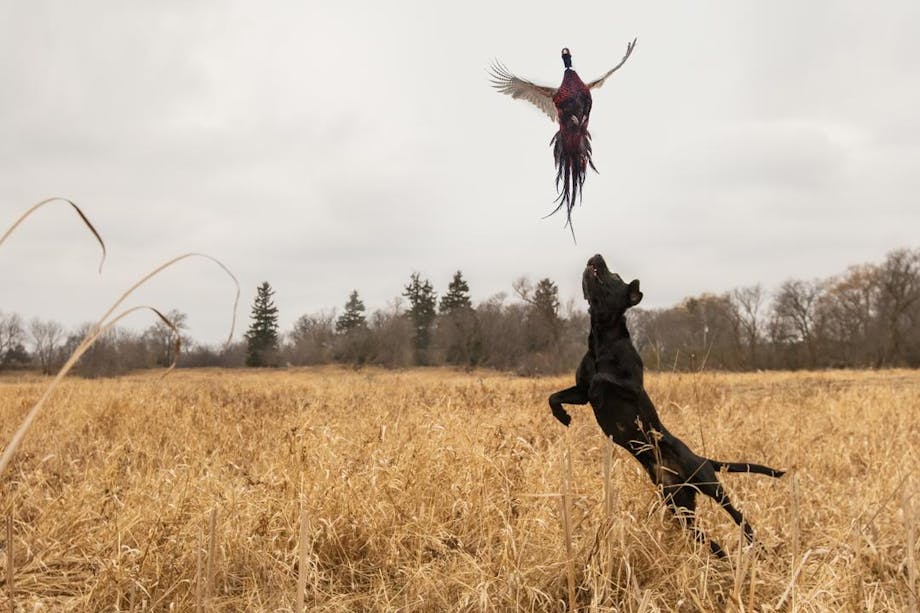STEVE JOYCE, A MANAGING MEMBER OF REDS FLY SHOP AND RED’S HUNTING, GIVES US SOME TIPS OF HIS ON GETTING STARTED IN UPLAND HUNTING.
Upland bird hunting is wonderful way to get some great exercise and interact with the outdoors at a high level. A common picture that comes to our minds about bird hunting is sitting in a duck blind with a thermos of coffee and a propane heater while waiting for birds to come to you. While duck hunting from a blind is a popular activity and can be very fun, it is much different than upland bird hunting.
Upland bird hunting puts the hunters afield, hiking in pursuit of the birds. Upland bird species that one may encounter in Washington include ring-necked pheasants, valley quail, Hungarian partridge, a variety of grouse, and chukar partridge.

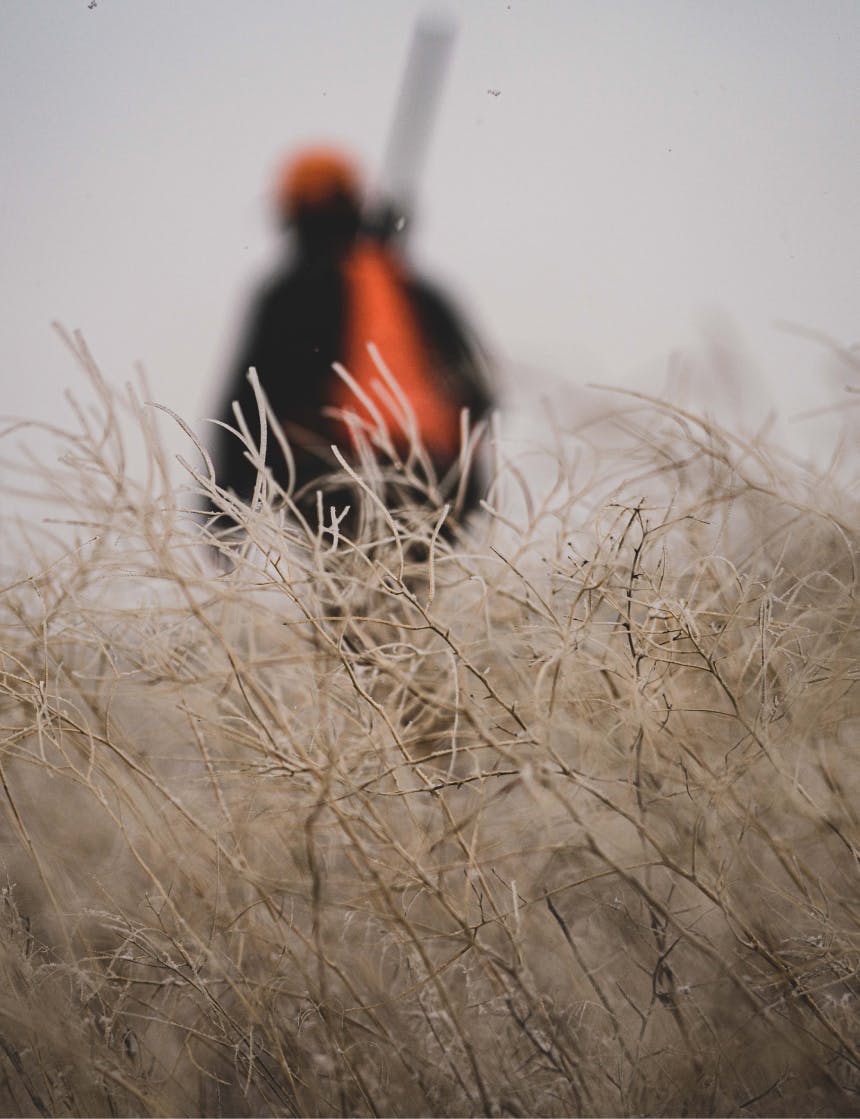
With the exception of grouse, most upland bird species prefer the more arid and open country that is found in central and eastern Washington. Pheasants and Hungarian partridge (aka Huns) are likely to be found along the perimeters of farmed fields, while valley quail tend to inhabit thick riparian cover along rivers, streams, or lakes, and have a particular fondness for Russian olive trees. Chukar are perhaps the heartiest of the upland birds, living in the steep rocky terrain of basalt-rimmed river canyons.
Upland bird hunting puts the hunters afield, hiking in pursuit of the birds.
Washington, like many large Western states, is very fortunate to have over 19 million acres of public access land, and many of these areas contain good upland bird populations. A great place to begin scouting hunting areas is to research the breaks of the Snake and Columbia rivers and their tributaries. Look for public land that contains thick brush, adjacent farmland, and steep breaks and it’s likely you will find the birds you are looking for. A proficient upland hunter should also research food sources, nesting and roosting habitats, and seasonal behavior patterns. Learning as much as you can about your quarry will contribute to a more meaningful experience and a successful outcome.

Before discussing the gear that an upland hunter needs to pack for the hike, let’s address the most important item: A DOG! These birds survive in their natural habitats by eluding predators, which include coyotes, foxes, and raptors such as the red-tailed hawk and great horned owl. A hunter walking afield without a dog must get very lucky to put a single bird up, let alone many.
The birds can simply duck their heads and hide while you walk by, or sneak around behind you to remain hidden. We have met and hunted with great dogs of all species from flushers like labs, retrievers, and spaniels, to pointers like English, GSPs, Griffons, and Brittanys. If you’re currently “kicking the tires” on getting into upland bird hunting but don’t own a dog, go out with someone who has one or sign up for a class. The dog is a critical component for this activity and involves a serious decision and commitment. It’s OK to dip your toes in the water a few times before making the plunge to get a dog.
Along with the dog, an upland bird hunter needs:
A VALID HUNTING LICENSE
and any required tags, permits, or stamps to hunt wildlife.
A GOOD PAIR OF COMFORTABLE HIKING BOOTS.
Water-resistant and great ankle support are important.
DURABLE PANTS
With a harder finish than just jeans to prevent thorn/sagebrush puncture. Filson makes several pairs, and I like the lightest weight model, especially for chukar hunting.
BIRD VEST AND ORANGE HAT.
The vest will carry your downed birds as well as shells and water (for you and the dogs), and should be sufficiently visible (orange) to alert others in the field. Blaze orange shows up the best in everyone’s peripheral.
DON’T FORGET THE SHOTGUN!
I prefer over/unders for upland hunting because they are easy to carry and extremely safe. Others in the field have no issues when they look over and see a gun being carried with the breech broken open. A 20-gauge is a very popular caliber for upland hunters because they are lighter to carry than 12-gauges. Shells come in different sizes (#6 is a good load for pheasants, huns, grouse, and chukar while 7s or even 8s are good for quail), and vary according to how much shot and what velocity they are loaded to. While everyone agrees that faster is usually better, that means more gunpowder, which means more recoil. A well-placed shot with a comfortable load will do the job.
These birds survive in their natural habitats by eluding predators, which include coyotes, foxes, and raptors such as the red-tailed hawk and great horned owl. A hunter walking afield without a dog must get very lucky to put a single bird up, let alone many
Anytime you shoot a gun you should wear eye protection. This doesn’t need to be anything special – your regular prescription glasses or sunglasses should work great. Many shooters keep a pair of yellow lenses packed to put on in low light.

While the exercise and connection to nature are side benefits of upland activity, the true bounty is the harvest. Wild bird fare is both delicious and healthy! Stay tuned for some tricks to care for your birds after you shoot them, as well as recipes to prepare them. And we offer some great Upland 101 classes at Red’s Fly Shop for those interested in learning more!
